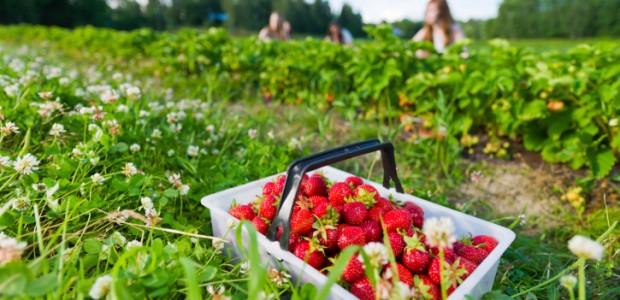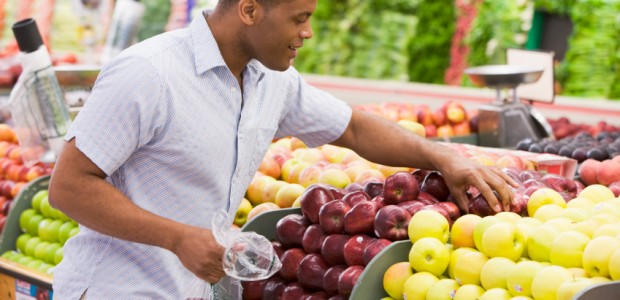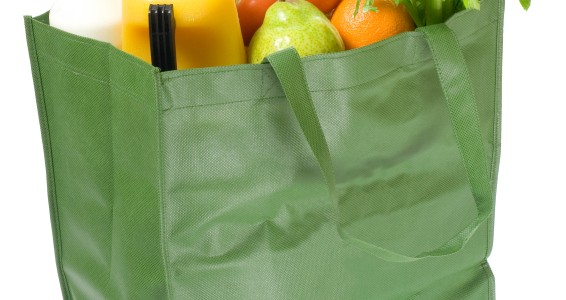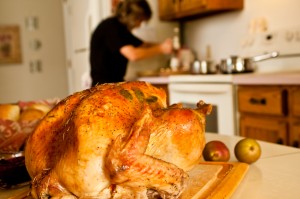Early summer means the arrival of fresh strawberries in the stores. Unfortunately, many supermarket berries are sprayed with harmful fungicides and pesticides. For the wise consumer, buying organic berries is a better choice. There are several ways to get sweet strawberry flavors without the harmful chemicals
You-Pick Farms
To get the freshest berries, the first choice is to visit an organic farm where you can pick the berries yourself. Even if you don’t have time to pick, you can buy berries that were growing on the plants just a few hours earlier. However, if you do have time, picking strawberries is a fun outing for the whole family. As you pick, keep in mind that strawberries don’t ripen after they are picked. Therefore, you should only pluck berries that are bright red all over. Don’t choose berries that are white at the top.
Farmer’s Markets
Visiting your local farmer’s market is another way to get tasty, all-natural strawberries. You may be able to sample several different varieties of berries. Get to know the farmers who sell their produce and ask questions about their organic practices.
Organic Stores
If you have a nearby organic store, talk to the produce manager to find out when the produce truck makes its deliveries. Berries are extremely perishable, so you will want to be there just a few hours after the truck leaves. Choose your berry boxes carefully, turning them over to check for crushed or moldy berries on the bottom of the container. Your box of berries should smell sweet and fresh rather than sour.
Preserving Your Harvest
However you get your harvest of berries, you should take care of them as soon as you can to prolong the flavor of fresh strawberries. If you leave them on the counter for a day or two, they will quickly become a moldy mess.
Organic berries are not sprayed with fungicides, so to kill any mold spores that may be on the surface of the berries, rinse them gently with a vinegar-water mixture. Add one cup of vinegar to three cups of water, swish the berries around in it, remove them, and pat them dry with paper towels. Rinsing with vinegar can greatly prolong the amount of time you can enjoy your berries.
To store berries in the fridge, line a container with a layer of paper towels to absorb moisture. Place unbruised berries in a single layer on the paper towels. On top of the berries, lay another paper towel and add another layer. Cover with a tight-fitting lid. Your berries should stay fresh and tasty for up to a week in the refrigerator when they are stored in this manner.
~April F.








